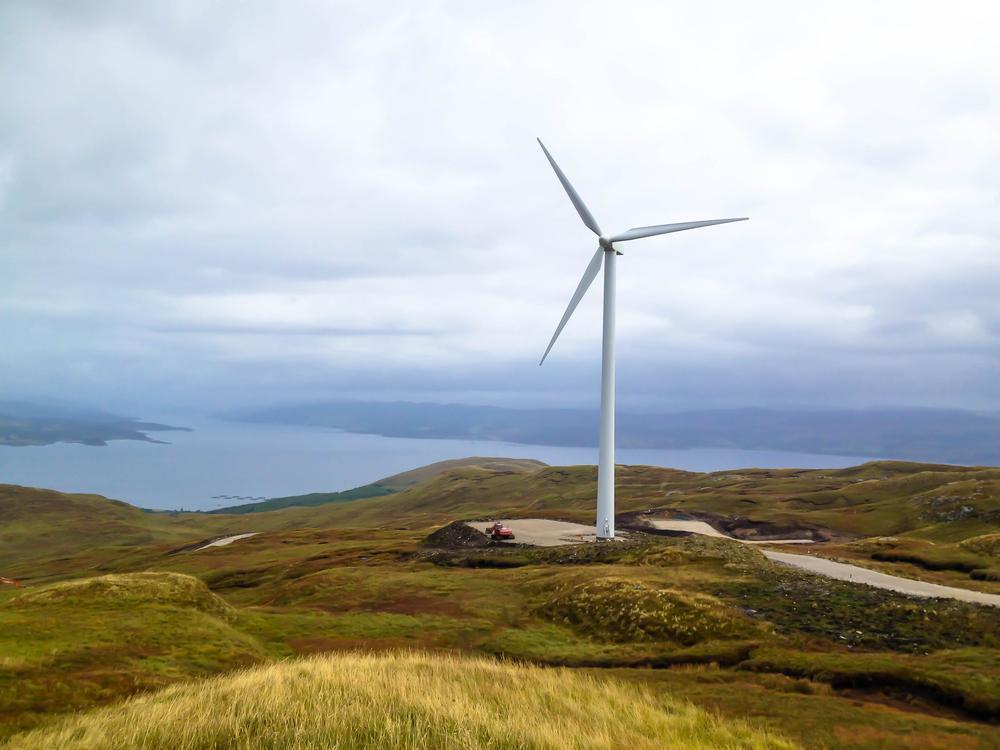Scotland is currently a shining example of a clean energy policy taken seriously. By 2016 it had completely outstripped England, with almost 86% of its electricity coming from clean sources (renewable and nuclear – both around 43% apiece), compared to under 44% in England, and 25% or lower in Northern Ireland and Wales. By 2018, it was producing 26,408 GWh of renewable energy, which comprised 74% of its total electricity demand. Based on that trajectory, Scotland is well on track to fulfil its promise of achieving 100% renewable sufficiency for its electricity supply, by 2020.
Aside from the inevitable challenges it will face, and the coinciding criticism, the efforts of the SNP government should be lauded, and should act as an example upon which other Western countries should model themselves.
Why is renewable energy dependence desirable?
While it wouldn’t appear prudent to largely ignore the ecological and environmental merits of renewables, I’ll do so in this case largely because these considerations are well-documented. What I think is equally, or even more valuable, is the fact that renewables offer Scotland greater agency. While Scotland enjoyed some of the spoils of the 1980s North Sea oil discovery, the benefits offered by renewables go beyond short-term financial gain.
First and foremost, what renewables offer are an inexhaustible source of energy. While critics would argue that the reliability of supply from renewables is dubious, I’d wager that fossil fuels aren’t – and won’t be – any better. On a political level, what renewables offer is energy sovereignty. While most of Europe will quake in their boots the next time Vladimir Putin gleefully chokes Europe’s supply of natural gas, Scotland will thank its government for having some foresight. On a societal level, steady reliance and investment into renewables offers scope not only for steadier energy prices but a demand for more engineers – or put more plainly, job opportunities.
What more can be done?
Reframe perceptions of the development of renewable energy, so that they’re understood as profitable as well as ethical. This will take some remodelling of the Scottish government’s understanding of itself, and that the profit that can be extracted from renewables needn’t only be enjoyed by private entities. Its no accident that 28.9% of renewable energy generated in Scotland in 2015 was exported, or that renewable infrastructure asset management companies are appearing with increased prevalence. What Scotland should aim to do going forwards is realise it shouldn’t only rely on renewables for energy procurement, but understand the business potential of fostering growth in the renewables industry.
Indeed, having a relatively stable and self-sufficient supply of energy is beneficial for Scotland’s own citizens, but there is also money to be made from creating and exporting surplus energy to more myopic countries, who do not protect themselves against fossil fuel volatility during times of uncertainty.
This isn’t a ludicrous notion, as stated by JLEN financial advisor Chris Tanner when discussing the threat posed by Brexit,
“As a second order issue, we can speculate that if Brexit had a strong impact upon FX rates and the Sterling depreciated, you may see that come through in higher UK domestic electricity prices. Because the margin generator (the price setter) does tend to be gas, and gas is imported either in Euros or dollars, that may actually be a positive for funds like ourselves with UK-generating [renewable energy] assets. That’s the main risk out there at the moment and it’s not one we see as particularly negative for us.”
Apart from the financial potential of selling the power produced by renewables, I see two further benefits.
First, the government should consider the opportunities offered by the renewable asset management fund structure. It could either buy up large shareholdings in renewables infrastructure groups, which would not only bolster the spending power of these groups to invest in more renewable asset classes (and thus increase the supply of renewable energy) and increase their social surplus (as seen with JLEN’s community spending commitments and apprenticeships) but also provide a steady recoup of money from the attractive income offered by renewable asset management companies such as JLEN.
Alternatively, the government could set up its own fund, financed by fiscal resources. Aside from the increased efficiency a fund structure would aim to ensure to maximize profit, a large-scale government-backed fund could be used to educate the general populace on renewables and asset management. In turn, investment could not only be made more accessible to Scottish citizens, but each taxpayer could receive a holding in the fund proportionate to their tax contribution. Subsequently, they will receive cashback in the form of income paid as dividends on their respective share holdings, and the fund will be publicly accountable and mutualised. While these proposals may seem somewhat farfetched or logistically exhaustive, what they would offer is a profitable, ethical and publicly owned asset management structure. It may be too good to be true, for now at least.
Addressing the North Sea shaped elephant in the room, renewables could offer the SNP a get-out-clause for what many argued was a red herring, in regard to what they lauded as the fountain of gold that is (maybe was) North Sea oil. Regardless of which claims about North Sea oil are true, a commitment to renewables could offer the Scottish Nationalist narrative a new lease of life, or at the very least a new layer. Scottish economic viability – and in turn any chance the SNP has of achieving Independence – may not hinge on spurious claims over oil reserves. Further, should renewables ever gain such scale they act as one of Scotland’s primary exports, it would allow them to ‘bank’ oil reserves and Shetland gas reserves, and not sell them out of necessity for whatever happens to be the going rate at the time.
Ultimately, what I have offered in this article is a highly political and romanticised perspective on the potential of renewables in Scotland. The bottom line is, they have a highly educated youth from three Russell Group universities, the growing Silicone Glen technology corridor between its two major cities and a wealth of open land. Scotland has never been able to replicate the success of pre-1980s manufacturing and its financial services offerings will never be able to compete with London: why isn’t a comparative advantage in commercial renewables a good place for it to start looking for a more prosperous future?
Elsewhere, there have been renewable energy updates from; Kaiserwetter, Active Energy Group PLC (LON: AEG), Velocys PLC (LON: VLS), AFC Energy plc (LON: AFC), John Laing Environmental Assets Group Ltd PLC (LON: JLEN), SIMEC Atlantis Energy (LON: SAE), Aquila European Renewables Income Fund (LON: AERI), PowerHouse Energy Group (LON: PHE) and SIMEC Atlantis Energy (LON: SAE).




